What You Can Do to Reduce Air Pollution
On the Road
No Idling
- Minimize idling of your vehicles and equipment. Ten seconds of idling uses more fuel than turning a vehicle’s engine off and on. Do not idle your car longer than 3 minutes, this is a New Jersey regulation!
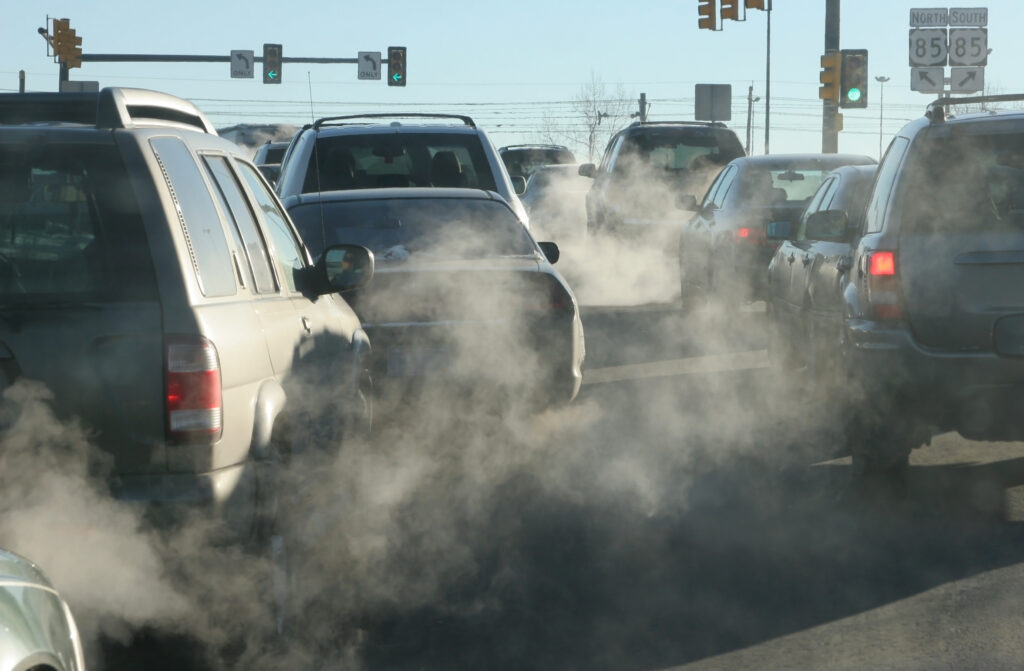
Purchase and Maintain an Energy Efficient Vehicle
- Purchase the most energy-efficient vehicle possible that meets your family’s needs, see the car-buying guides at Find and Compare Cars (fueleconomy.gov)
- Purchase Electric Vehicles. There are many different state and federal incentives to make the transition easier. For more information about electric vehicles and incentives see Home – Drive Green – Air Quality, Energy and Sustainability (AQES) | Department of Environmental Protection (nj.gov)
- Maintain your vehicle. Get regular engine tune-ups and maintenance checks. See Gas Mileage Tips – Keeping Your Vehicle in Shape (fueleconomy.gov)
- Keep vehicle tires properly inflated to increase your gas mileage, thereby reducing the amount of pollutants emitted from your engine.
- If your vehicle’s check engine light comes on, it could mean that your vehicle’s emission controls are not working properly. Take your vehicle in for service and get it repaired if needed.
- Make sure to get vehicles inspected on schedule. For more information about New Jersey’s motor vehicle inspections see NJ MVC | Vehicle Inspections (state.nj.us)

Be Smart at the Fuel Pump
- When refueling vehicles, stop at the click if in a state with self-service, or ask your gas station attendant to stop at the click (when the nozzle clicks off) and don’t “top off the tank”, it’s New Jersey law, overfilling interferes with vapor recovery systems and causes leaks and spills.
- Tighten gas caps securely.
- Refuel vehicles and equipment such as lawn and garden equipment in the late afternoon or after dark to reduce evaporation of gasoline.
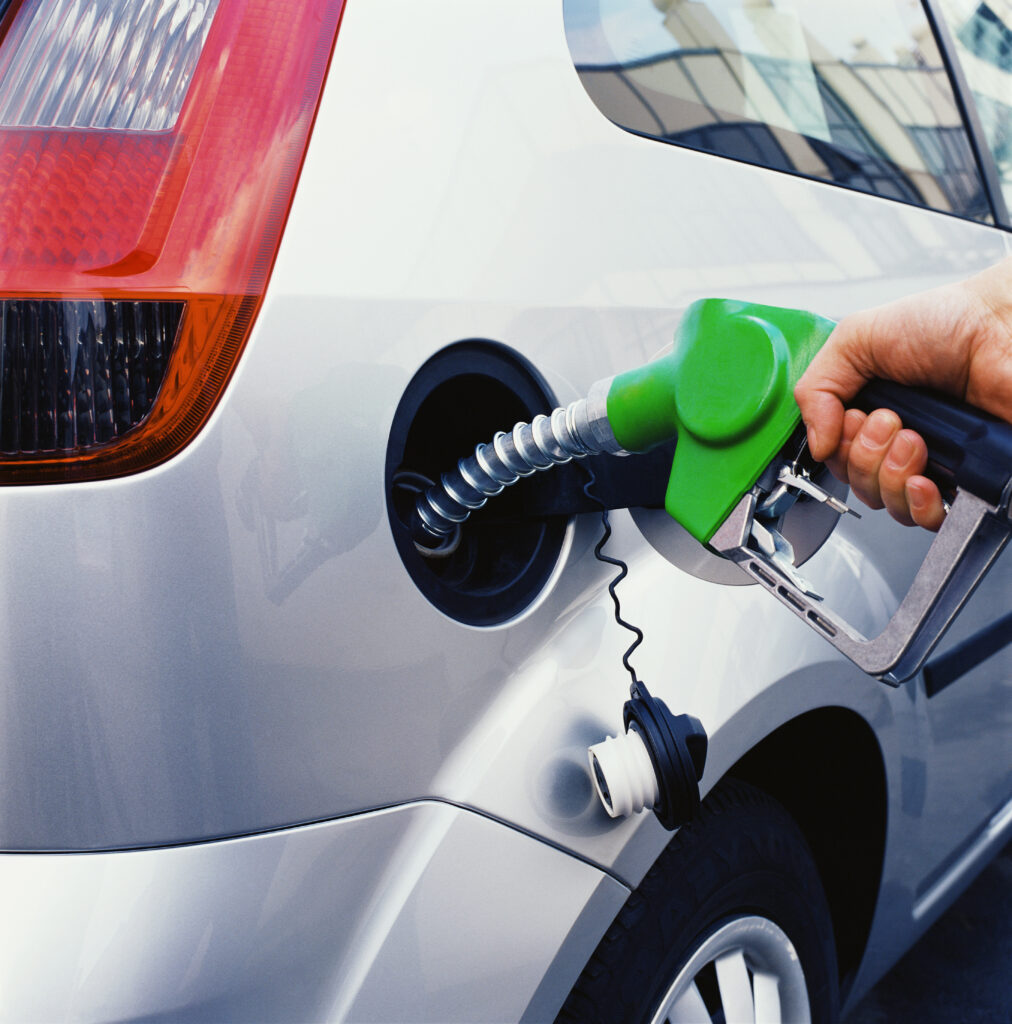
Develop Good Transportation Habits
- While Driving:
- Don’t speed. Wind resistance from increased speed burns more fuel, increasing pollution
- Avoid carrying unneeded items in the car or trunk, excess weight reduces fuel mileage efficiency.
- Go easy on the brakes and gas pedal.
- Use your air conditioning only when necessary.
- Use overdrive to save gas.
- Combine errands and trips in the vehicle to reduce vehicle miles.
- Drive less, carpool, use public transportation, bike or walk when possible.
- Ask your employer about rideshare programs, transit incentives for alternate modes of commuting to work, or an adjusted work schedule to lower vehicle miles traveled.
- Get commuting options from your applicable Transportation Management Association (TMA). To find out which TMA your area is affiliated with, see Transportation Management Associations, Ridesharing, Traveler Info (state.nj.us).
- For more good driving habits see Gas Mileage Tips – Driving More Efficiently (fueleconomy.gov)
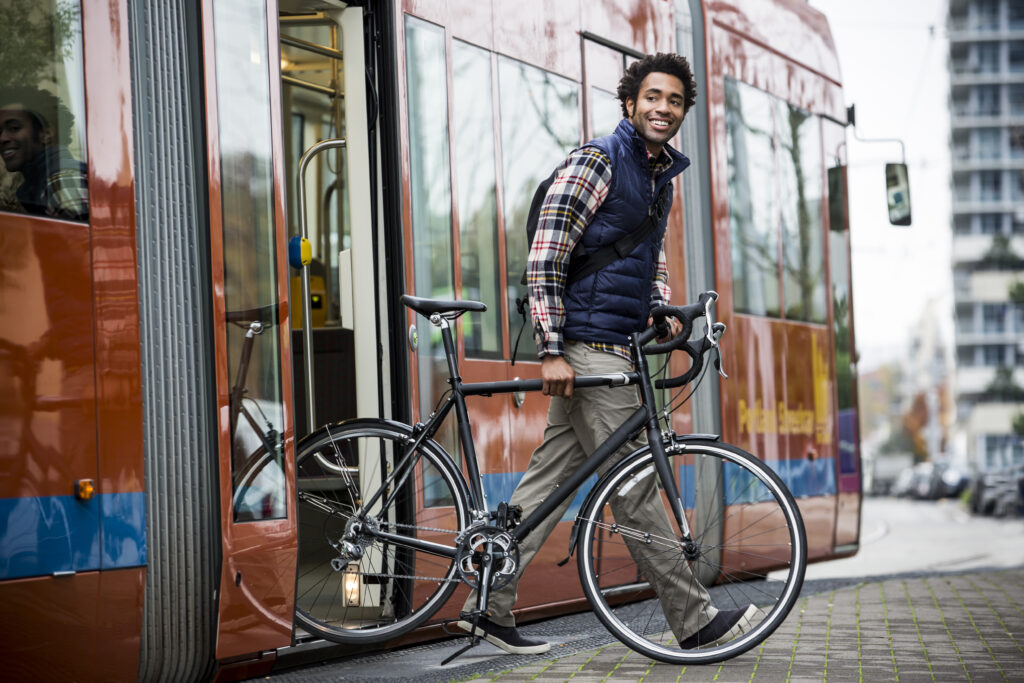
Related Links
- NJDEP Bureau of Mobile Sources: NJDEP – StopTheSoot.org (state.nj.us)
- New Jersey Motor Vehicle Commission
In the Home/Office
Energy Consumption
- Use energy efficient lighting that also runs cooler. Lighting accounts for around 15% of an average home’s electricity use, and the average household saves about $225 in energy costs per year by using LED lighting. If you are still using incandescent light bulbs, switching to energy-efficient lighting is one of the fastest ways to cut your energy bills. For high-quality products with the greatest energy savings, choose bulbs that have earned the ENERGY STAR. See Lighting Choices to Save You Money | Department of Energy
- Turn off lights when you leave a room.
- Keep the thermostat at a reasonable temperature that uses less energy. In the winter, lower your thermostat a few degrees and use blankets or extra clothing to keep warm. In the summer, raise your thermostat and use fans to keep cool.
- Remember to adjust your thermostat when you are not home or use a programmable thermostat to do it for you.
- Water heating accounts for about 20% of the energy consumed in your home. Turn down the temperature of your water heater to the warm setting (120°F). Consider in-line water heaters and water heaters certified for sale in California, as they have lower emission standards.
- Consider high energy efficient models when it is time to update your HVAC.
- Choosing an energy efficient water heater for your home pool.
- Purchase and use Energy Star products. See ENERGY STAR Energy Efficient Products | Products | ENERGY STAR.
- Reducing the amount of air that leaks in and out of your home is a cost-effective way to cut heating and cooling costs, improve durability, increase comfort, and create a healthier indoor environment. Caulking and weatherstripping are two simple and effective air-sealing techniques that offer quick returns on investment, often one year or less.
- Cover windows in the summer to block the sun and lower air conditioning usage in the house.
- Adding a ceiling fan will allow you to raise the thermostat setting when it’s hot with no reduction in comfort.
- Turn off your electronic devices (e.g., those consumer electronic devices (televisions, computers, etc.) that continue to consume energy even when turned off. These devices can account for as much as 10% of the energy used in a home, and the average American household has about 25 consumer electronic devices.
- Alternative energy options can save electricity and money while reducing air pollution.
- Solar power, see: NJDEP-Air Quality, Energy & Sustainability
- If solar won’t work for you, consider switching to an electric energy company that obtains a significant amount of its electricity from renewable power sources such as solar, geothermal and wind and cleaner electricity generation (natural gas instead of coal.)
- If you are going to build a new home in New Jersey, build an Energy Star home: See Energy Efficient New Homes | ENERGY STAR Energy Efficient New Homes | ENERGY STAR
- More energy conservation tips can be found on the following websites:
- Energy Saver | Department of Energy
- “Energy $avers” Guide
- U.S. Energy Information Administration, Energy Kids EIA Energy Kids – Energy Kids: U.S. Energy Information Administration (EIA)

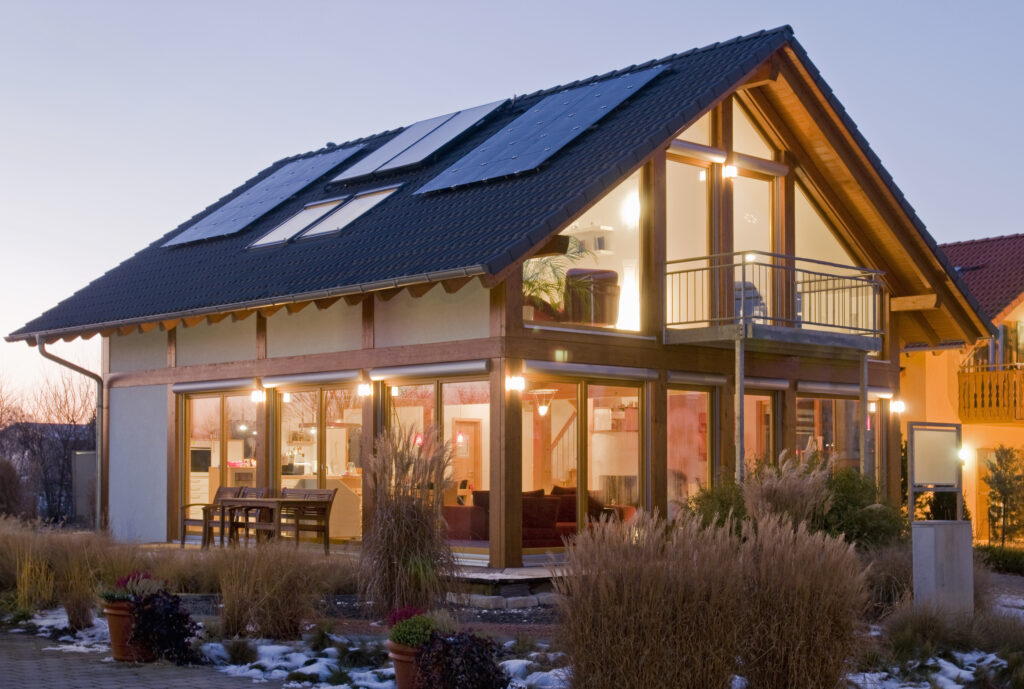
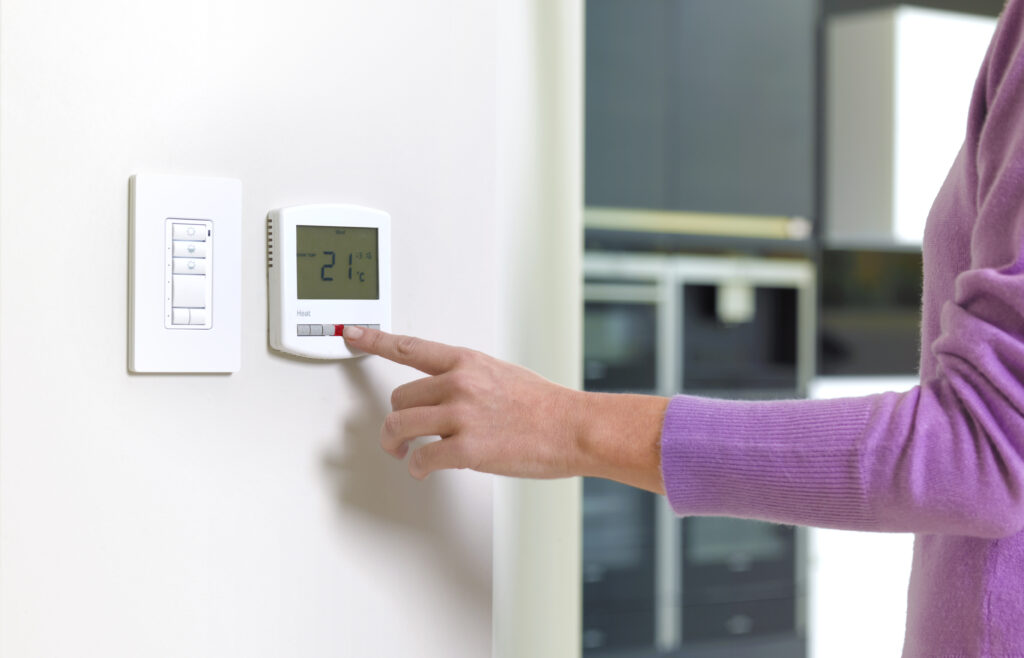
Household Consumer Products and Paints
- Many household consumer products and paints contain volatile organic compounds (VOCs) that contribute to ozone formation, especially in summer months. Keep these tips in mind when using these products.
- Use paints, solvents, and cleaning products with little or no volatile organic compounds. Most paint related products are required to have VOC content on the label in New Jersey.
- Avoid spray paints, most of which are solvent based. Very fine spray also can become airborne. Use paint brushes and rollers where possible.
- Plan major painting, stripping and refinishing projects for spring and fall to avoid summer heat and sun, which react with VOCs to create ozone pollution. If you must use solvent-based products in the summer, limit their use to the evening and avoid high ozone days.
- Tightly cap all solvents (paints, gasoline, paint thinners, strippers, degreasers) when not in use and store in a cool place to avoid evaporation.
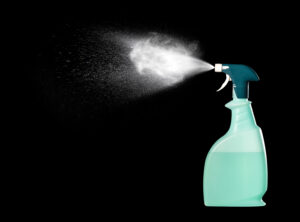
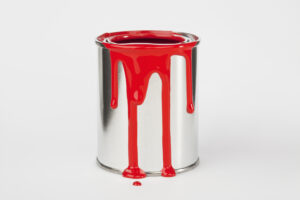
Lawn and Garden
- Use a broom, rake, or electric-powered lawn care equipment rather than gas-powered equipment.
- Minimize yard work that involves power equipment (mowing, edging, mulching, and trimming, leaf blowers) on high ozone days, or reschedule that work to take place on good air quality days.

Residential Wood Burning
- The smoke from wood burning is made up of a complex mixture of gases and fine particles (also called particle pollution, particulate matter, or PM). In addition to particle pollution, wood smoke contains several toxic air pollutants, carbon dioxide (CO2), a greenhouse gas that contributes to global warming, and volatile organic compounds and nitrogen oxides, which form ozone during the ozone season. Burn wood efficiently to reduce air pollution including:
- Type of burning device
- Moisture content of the wood
- See: NJDEP| Air Planning | Residential Wood Burning and Burn Wise | US EPA
- For ozone prevention, avoid burning wood in the summer on ozone poor air quality days.
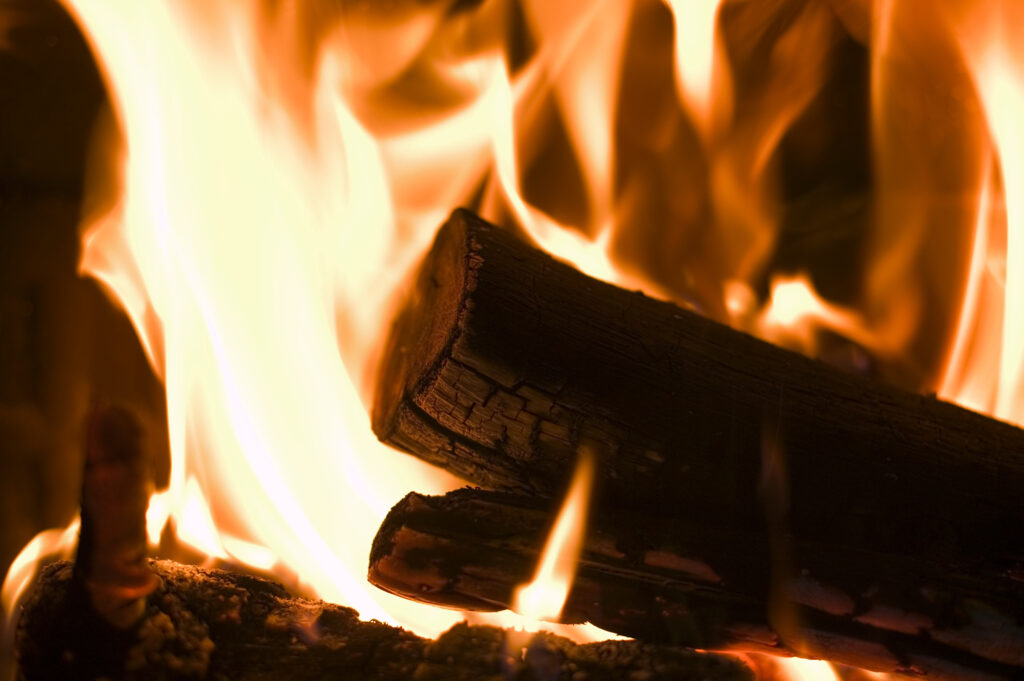
Educate Your Family
- Information about United States Environmental Protection Agency (USEPA) activities and programs that support environmental education, including professional development, youth and educator recognition, and grants. Environmental Education (EE) | US EPA
- Lesson plans, videos, project ideas, student awards and more: Learning and Teaching about the Environment | US EPA
- U.S. Energy Information Administration, Energy Kids EIA Energy Kids – Energy Kids: U.S. Energy Information Administration (EIA)

Prevent Multi-Media (Air, Land, Water, Soil) Pollution
- Instead of pesticides that contain toxic pollutants, use alternative methods such as “integrated pest management”, biological and mechanical controls. Integrated Pest Management (IPM) Principles | US EPA, Identifying Greener Landscaping | US EPA, Green Procurement – Federal Requirements – Landscaping Products – GSA Sustainable Facilities Tool (sftool.gov) or other non-toxic methods such as vinegar or citrus solutions.
- Buy clothing that doesn’t require dry cleaning. If dry cleaning is necessary, use facilities that don’t use perchloroethylene.
- Purchase products made from recycled materials.
- Purchase products that can be recycled.
- Use re-usable bags where required and when not required.
- Purchase products with the least amount of packaging.
- Buy in bulk, refillables and concentrates.
- More pollution prevention tips can be found at USEPA Pollution Prevention
